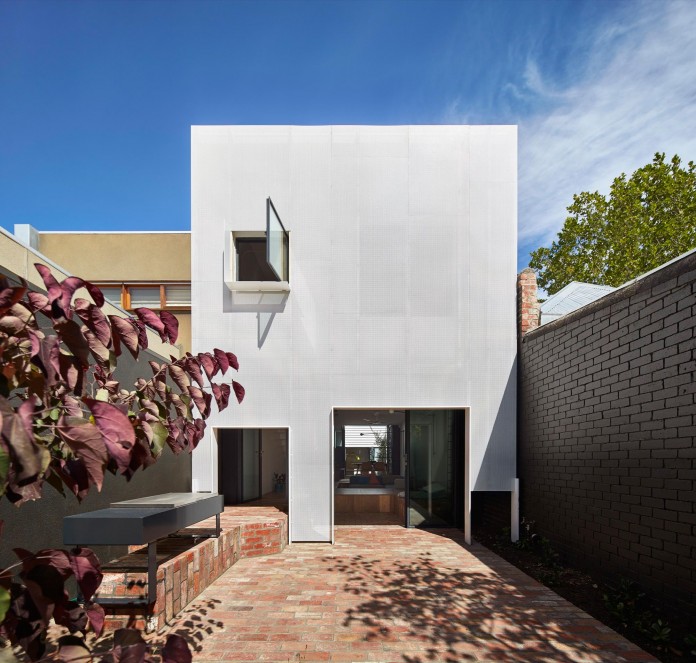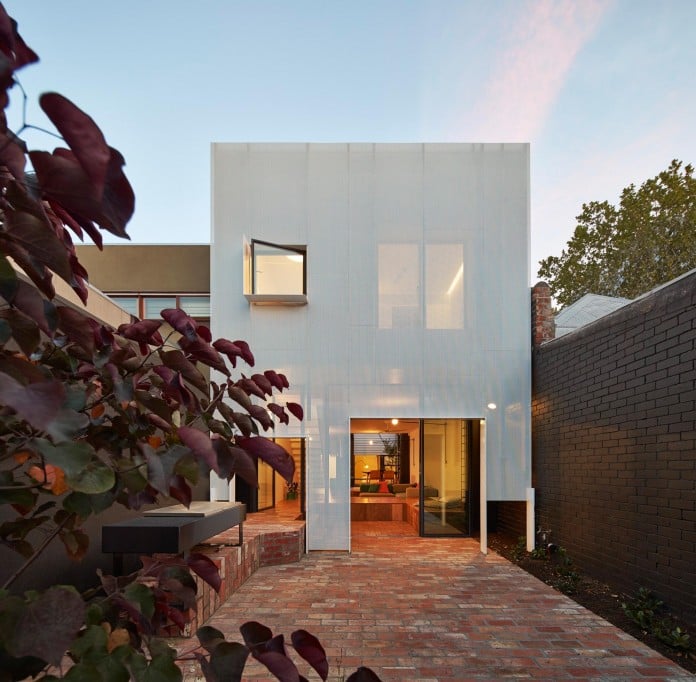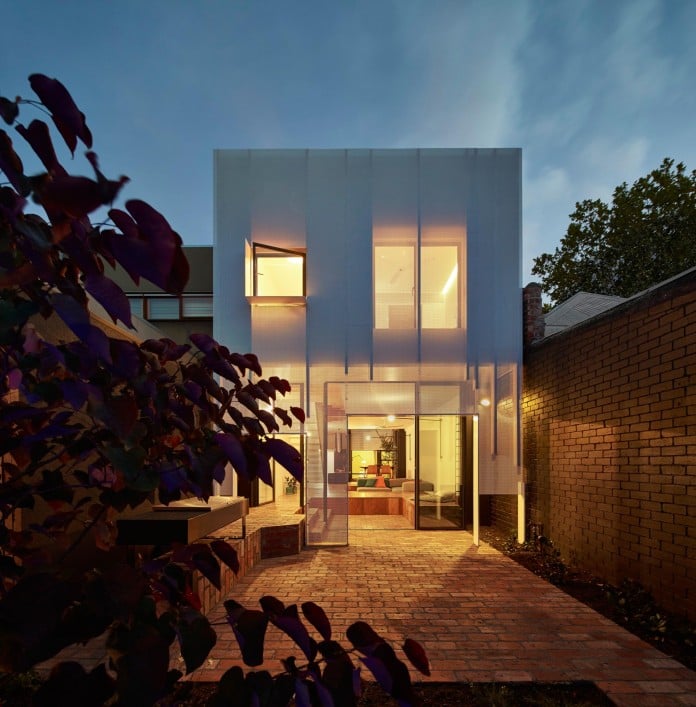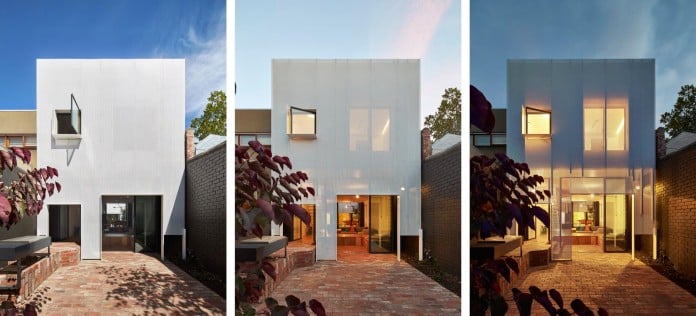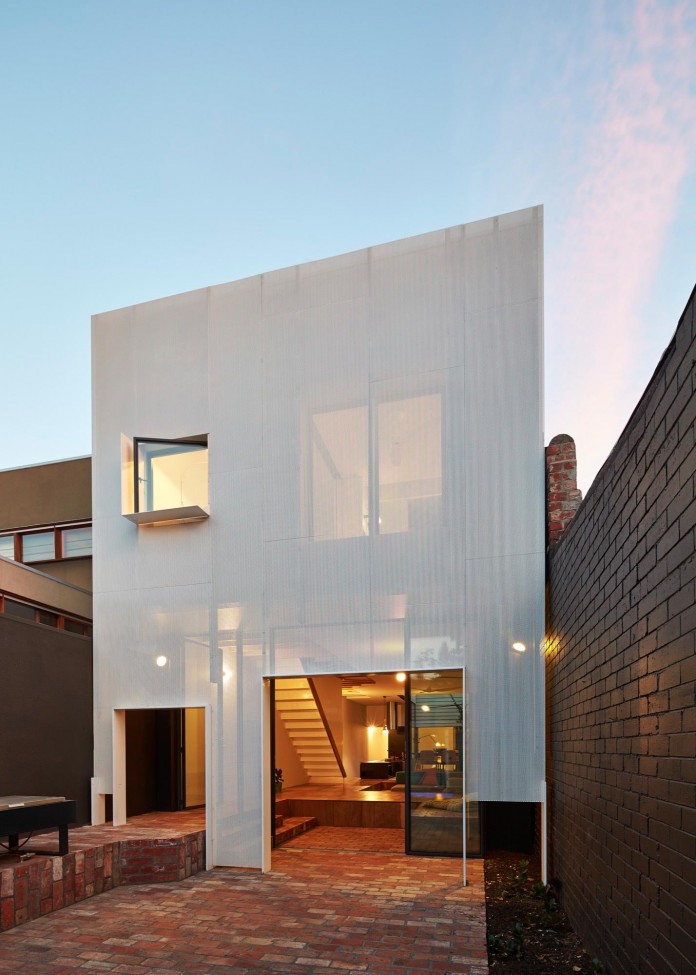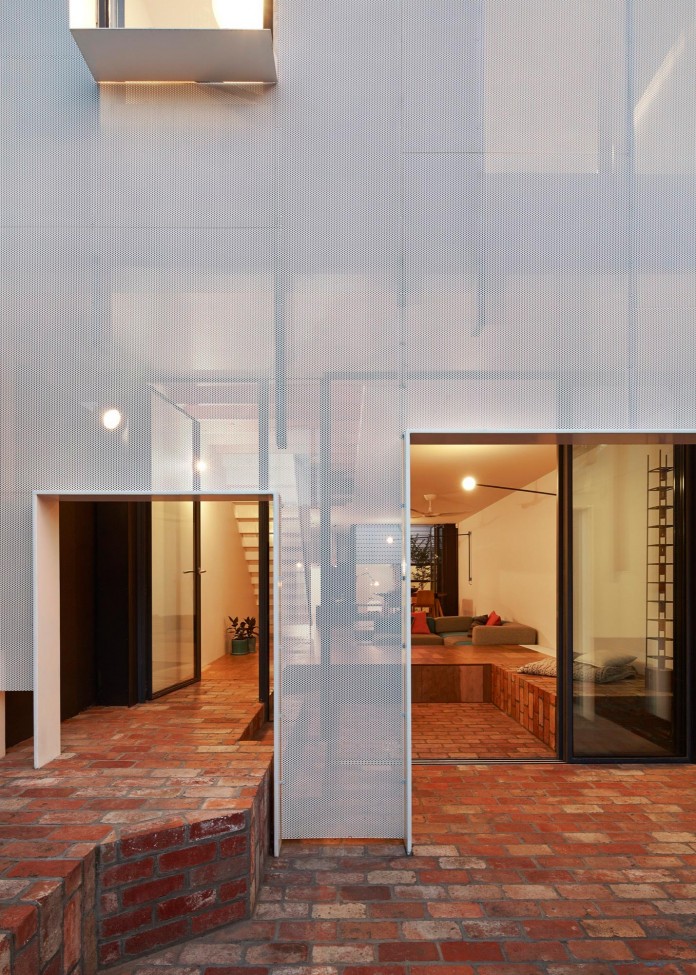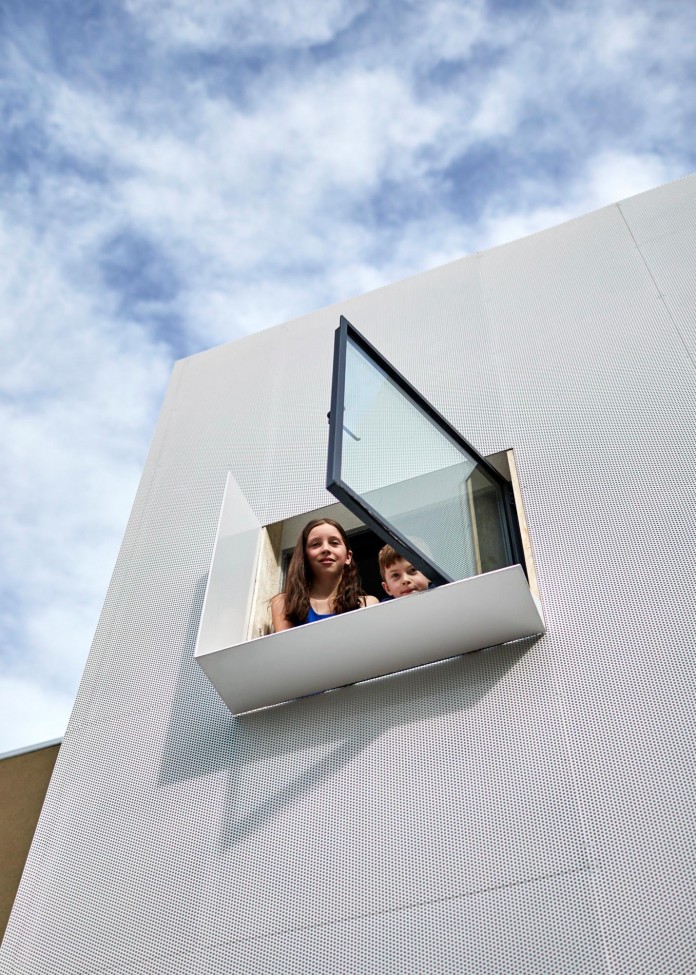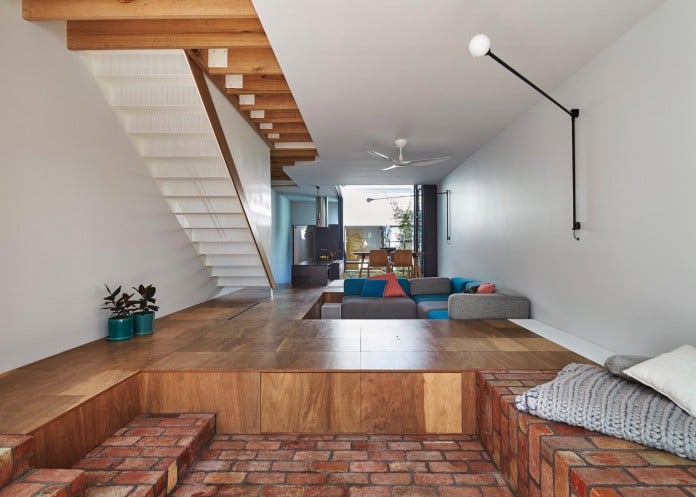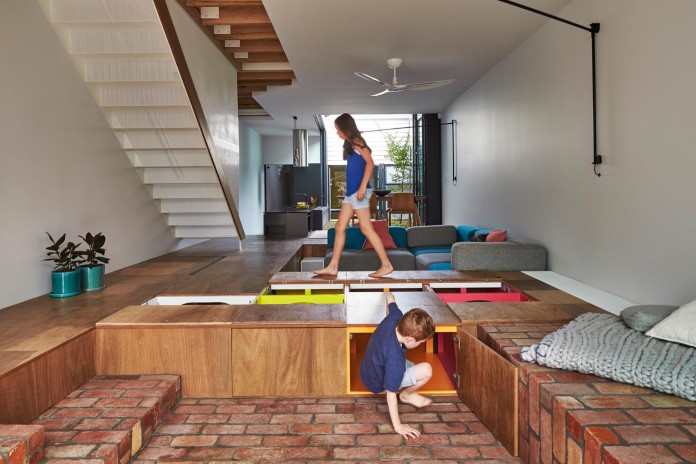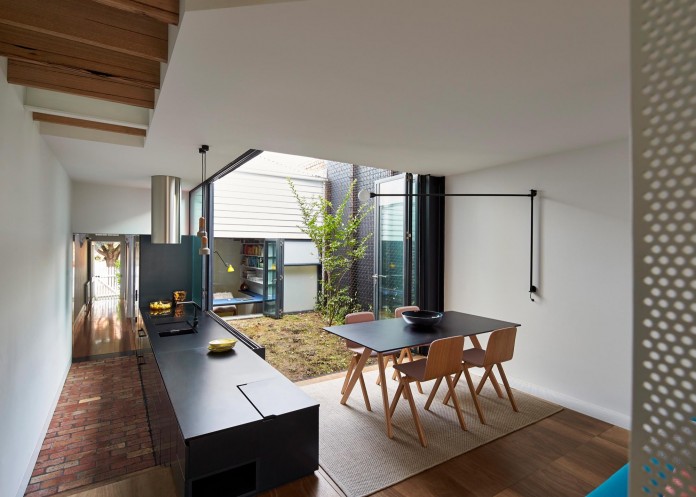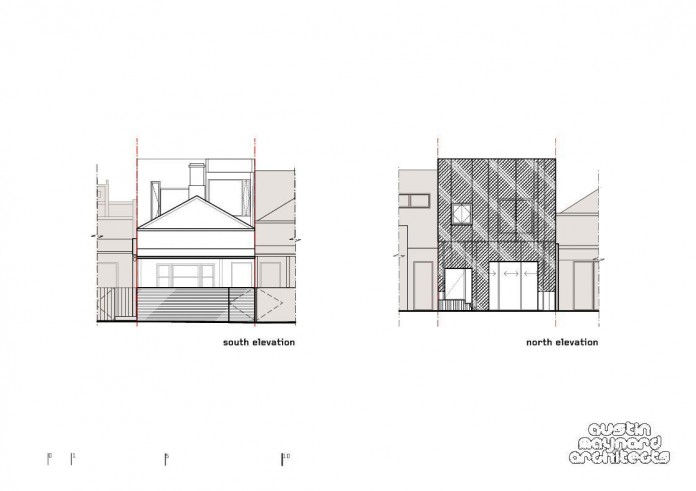Mills House by Andrew Maynard Architects
Architects: Austin Maynard Architects
Location: Melbourne, Victoria, Australia
Year: 2015
Area: 1,656 ft²/ 154 m²
Photo courtesy: Peter Bennetts Studio
Description:
In a nutshell
She’s a senior official and now another mum. For her and her infant she needed a light-filled home that could conceal the chaos. We gave her a story that was a mammoth toy-box.
The what.
Mills is an expansion to a one level weatherboard porch in Melbourne. The first exterior and front 2 rooms of the patio remain. One of those rooms has been changed to join a study and a restroom. A vast lightwell isolates the first structure from the new augmentation. The ex-pressure has two rooms and a washroom over an open kitchen, living, eating space.
Mills is an unpredictable home, brimming with thoughts, however there are 2 center components.
1. The floor is a goliath toy box.
2. The back veneer channels and relaxes the solid daylight that had beforehand commanded the back-yard.
The floor is the pantry.
Everybody needs a wealth of capacity. Porch homes are around 6 meters wide. Subsequent to including dividers, passages, stairs, warming boards and organizers we are left with next to no width for living space. Imagine a scenario where we didn’t have divider pantries. We’d get right around 1 meter of space once again into the width of our patios. Consider the possibility that our storage room was inside of our floor. Floor space is frequently left to the mice and creepy crawlies. We should change over the floor into storage room and make the living zone as large as pos-sible without covering the dividers with massive pantries.
Past the requirement for capacity we were additionally worried with the radical everyday changes another child brings. The interminable administration of “stuff” was the key. Gravity is conniving with your kid and plans to support its. Folks always lift things up, whilst kids toss them down. Youngsters appear to adore dropping things on the ground. We have all seen the agonizing round of a child sitting in a high seat tossing a toy to the ground the minute it is set on their table. It’s charming the initial three times. It’s a bad dream the following 200 times. While gravity delights the tyke, it rebuffs the standard ent. The trap is to work with the disarray a kid brings instead of gullibly trusting that your tyke will be perfect. At Mills we have made gravity the folks’ partner instead of the youngster’s by ena-bling the floor to swallow all the chaos. As opposed to lifting toys up to return in the toy box, we’ve made the floor one major toy box. How about we get a sweeper and scope all the lego in from the top and sides. It turns into a diversion for the youngster and in addition another concealing spot to play.
450 is the magic number.
The toy-box floor is 450 millimeters profound. A regular seat is about 450 millimeters high. The open floor is not just storage room, it is likewise play space at an agreeable seat tallness for grown-ups. A kitch-en seat is around 900 millimeters. Along these lines a kitchen seat is two seats high. The kitchen sits on the first floor tallness in this manner the seat is 450 millimeters over the new toy-box floor. The kitchen seat is a seat to the new floor. We’ve upholstered a seat under a fold on the kitchen seat so that there can be one additional seat at the feasting table when guests are over, or when Louis needs to cook with Mum. Besides, the lightwell greenhouse is at the new floor stature, 450 lower than the benchtop, which makes access to the herbs simple. 450 is the enchantment number.
Corridors are wasted space.
We jump at the chance to give passageways double capacities. The kitchen at Mills possesses the first hallway space. Hence the generous space the kitchen would have possessed in a common area has been utilized as living space. Upstairs the main room divider can slide completely away so that the room can increment very nearly 2 meters long when open to the hallway.
Perforated metal.
We’ve utilized punctured metal all through Mills. Stairs are precarious, particularly in tight spaces. We have attempted to make a stair that feels light like trim, which is troublesome considering the steady live loads a stair is under. Punctured steel sheet is collapsed permitting light to be shared while additionally empowering conver-sations from one level to the next, without obliging you to be in the same space. One can relax by a sunny upstairs window while having a discussion with somebody beneath. In spite of the fact that it is a little home with various spaces, we’ve abstained from making segregated cells by utilizing translucent materials like punctured metal.
We’ve additionally utilized punctured metal to control daylight. We all need a plenitude of sun in our homes, however an excessive amount of daylight makes any home extremely uncomfortable. The back exterior of Mills confronts North-West, consequently it gets hit with the most forceful daylight of the day. Before the ren-applause the proprietor had felt extremely uncomfortable at the back of her home. We’ve hung a white for each forated metal veneer down the substance of the back rise. The exterior reflects the greater part of the undesirable daylight in summer, permitting a delicate sifted light to enter the house. The lines in the middle of inside and outside have been obscured. The glass dividers of the living space are counterbalanced from the perf veneer which makes an agreeable outside space that feels just as it is inside of the skin of the house. The fa-cade feels strong and defensive on a brilliant, hot day. On a dull day, at nightfall and at night the veneer shows up far less strong and the metal skin feels more like ribbon than a divider.
That bathtub.
The washroom is not huge, in this manner we have made extensive windows towards the lightwell and towards the first rooftop. This makes the restroom appear to be vast, sunny and splendid.
Nobody likes cleaning a lavatory. Adding a bathtub to a little space makes a ton of fiddly subtle elements where grime, wreckage and mold can assemble. To stay away from the wreckage, and to make a lavatory that was anything but difficult to keep up, we made our own particular bathtub out of fiberglass. There are no creases or joins. Along the dividers a thin, nonstop canal that guarantee water circles the shower and depletes through the floor. Straightforward, perfect and clean.
Sustainability.
Like the greater part of our structures, supportability is at the center of Mills House. In spite of the fact that the site is little we have expanded regular light and air to all spaces. The openings and windows have been intended to upgrade latent sun powered addition, accordingly definitely lessening requests on mechanical warming and cooling. All windows are twofold coated. White rooftops radically lessen urban warmth sink and warmth exchange inside. A requirement for aerating and cooling is disposed of through dynamic administration of shade, and aloof ventilation. An extensive water tank has been covered focal inside of the lightwell. All rooftop water is caught and reused to flush toilets and water the patio nursery. Elite protection is all around, even in the dividers of the first house. Where conceivable we have sourced nearby exchanges, mate-rials and fittings. Sun oriented boards with smaller scale inverters cover the new rooftop.
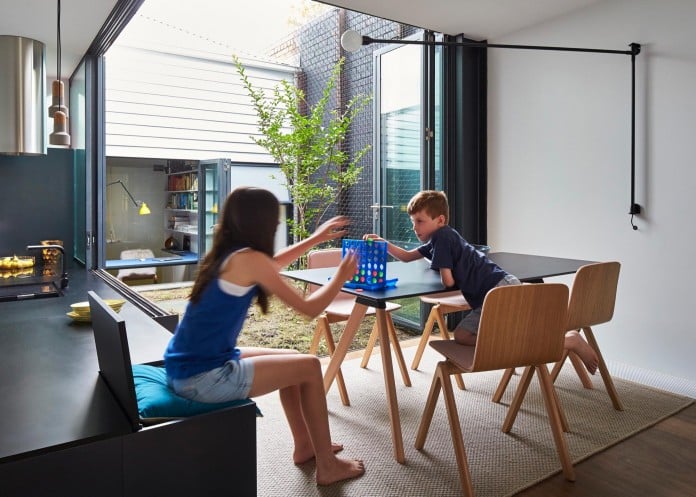
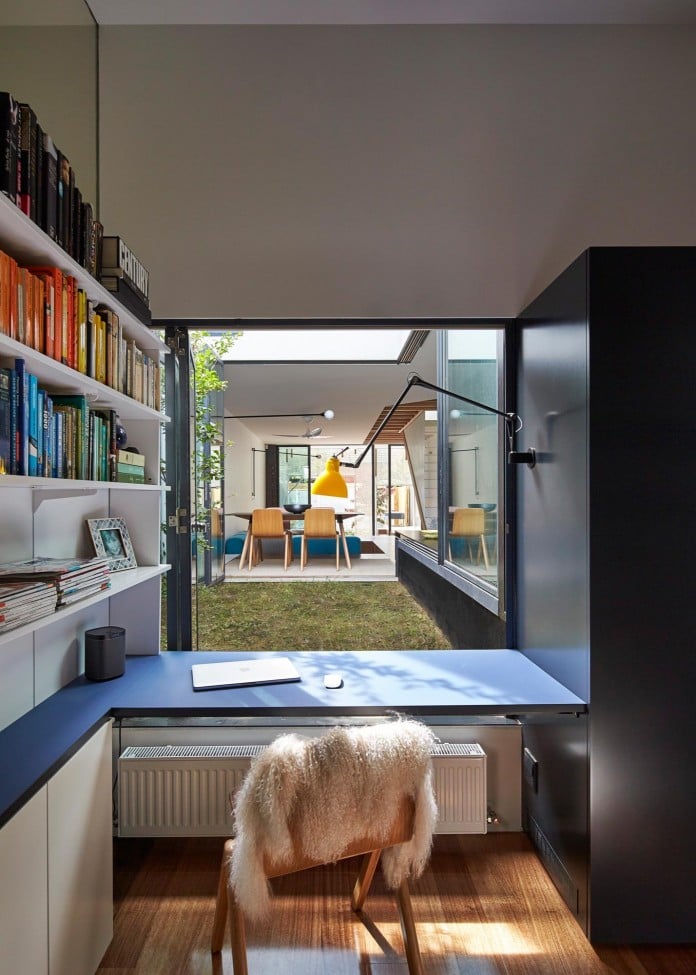
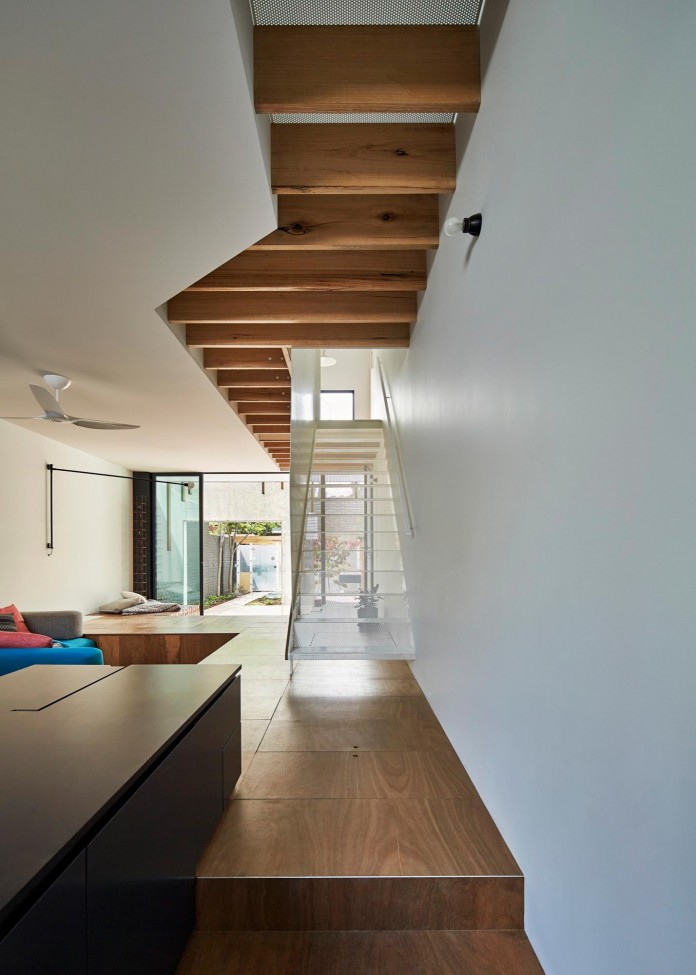
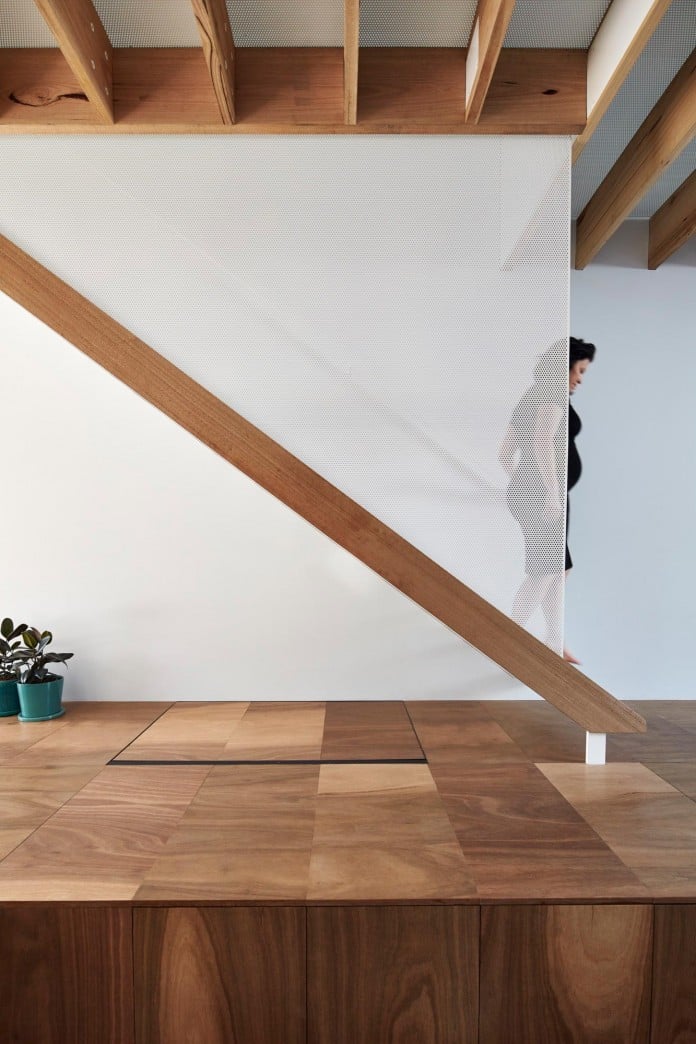

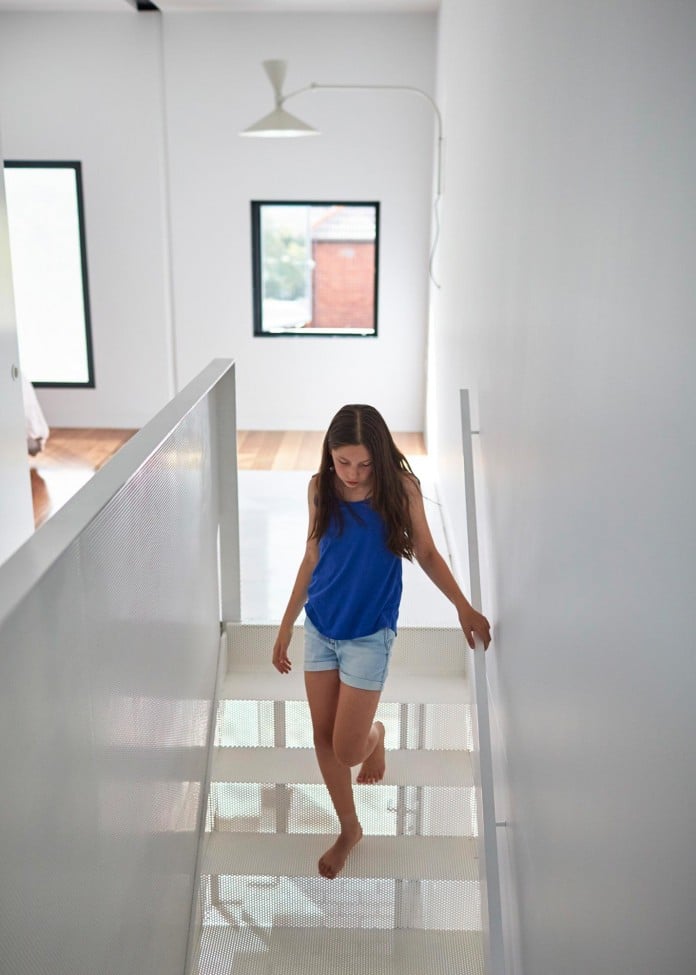
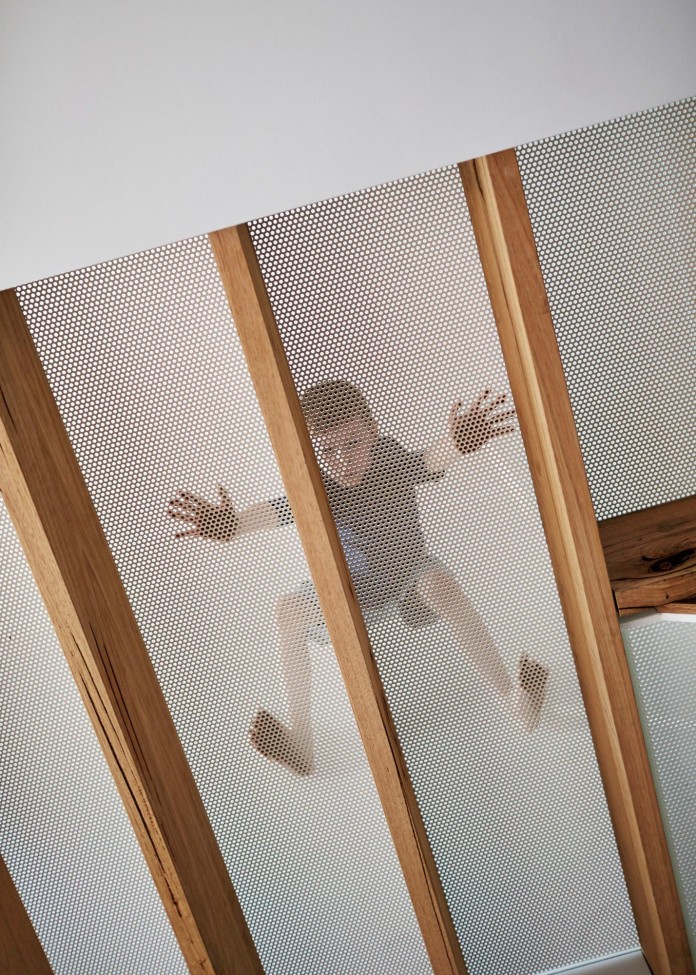
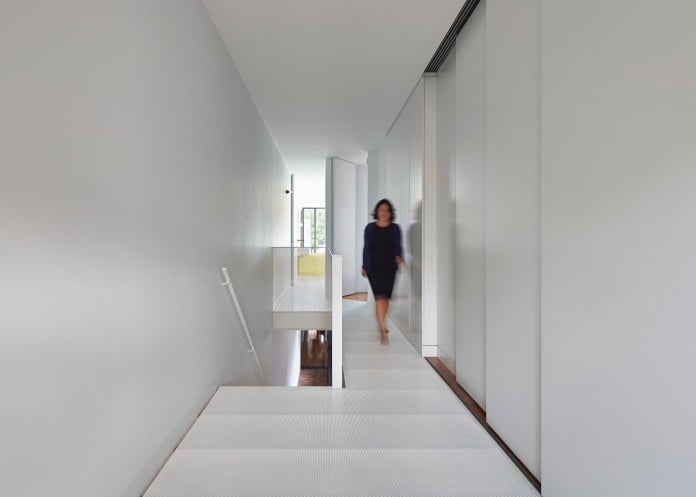
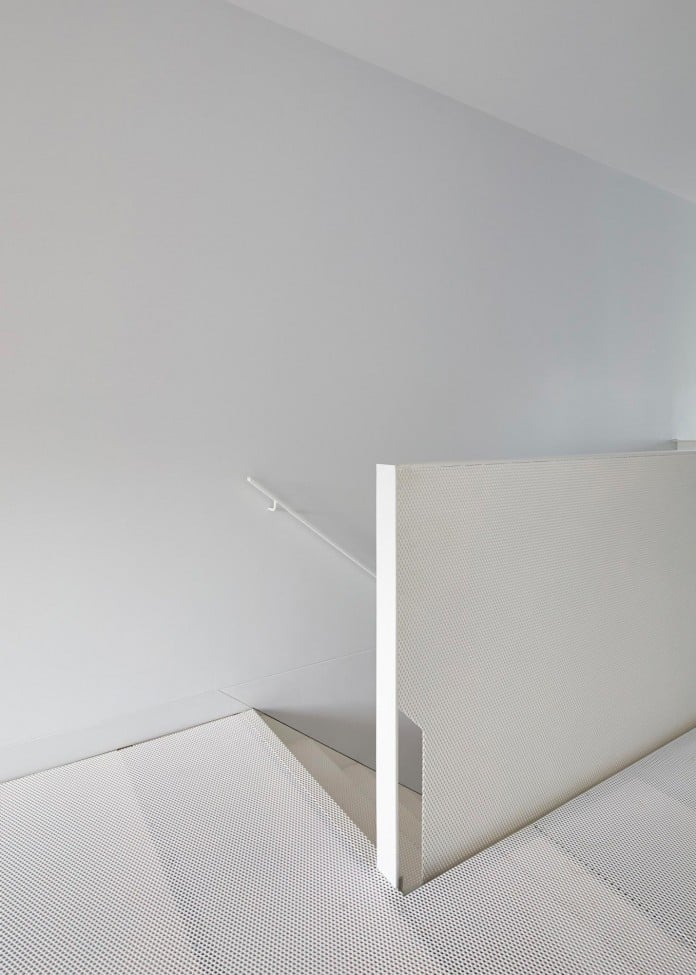
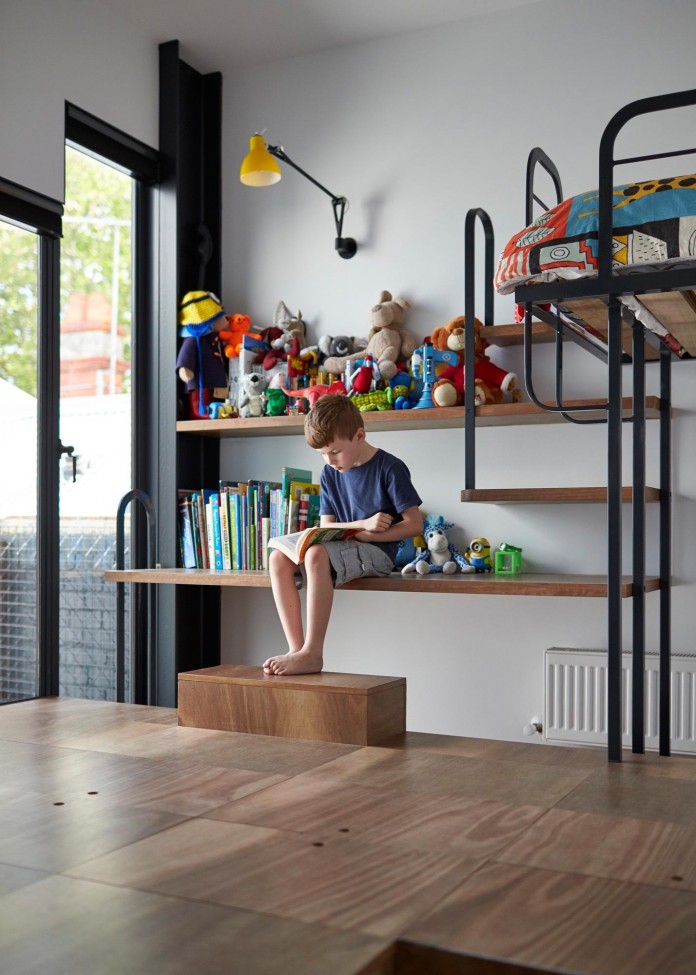
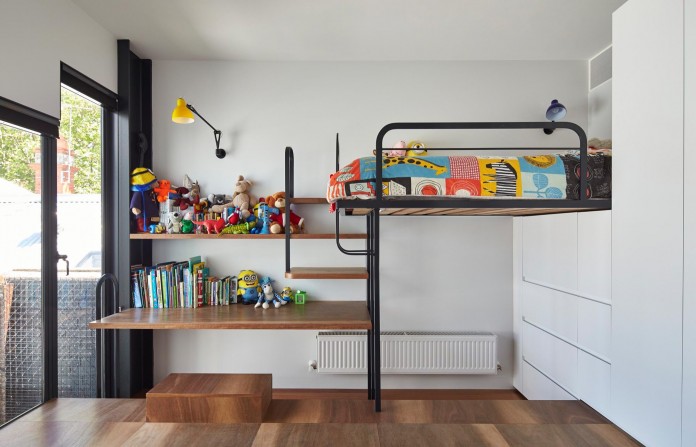
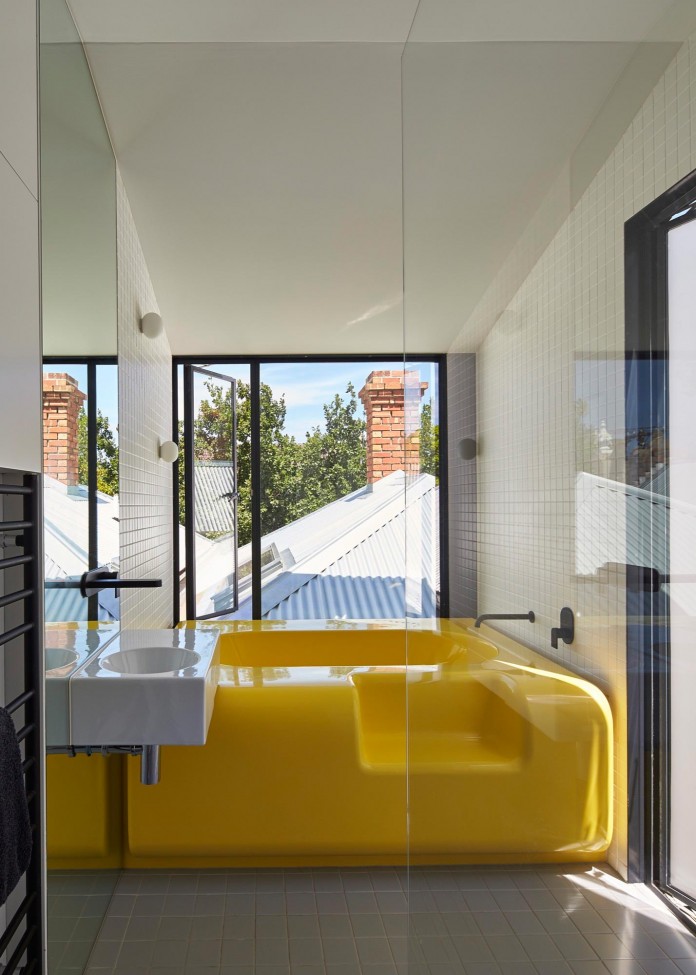
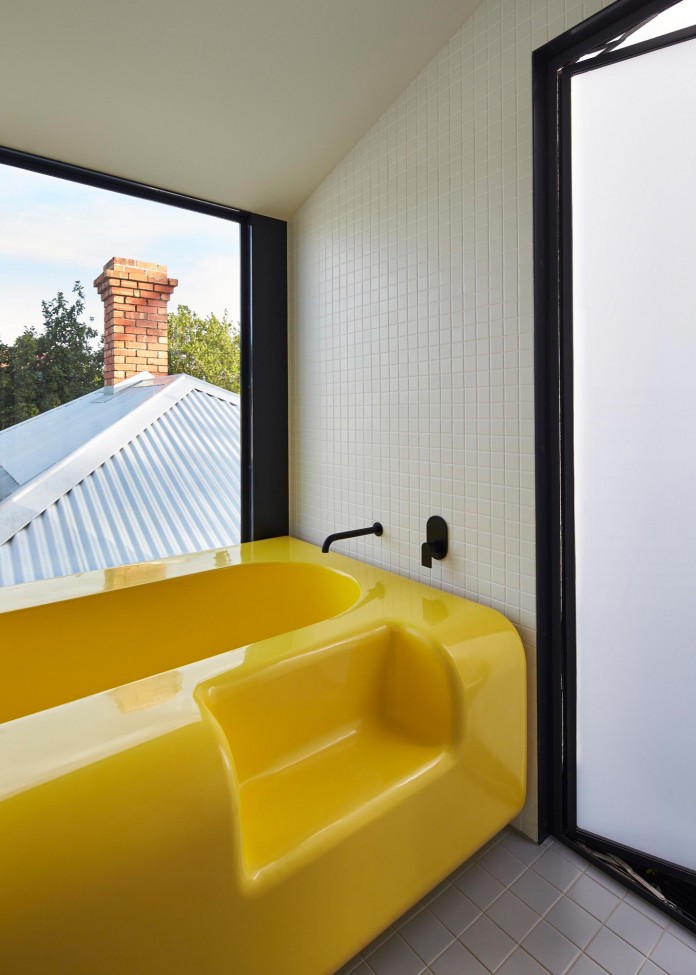
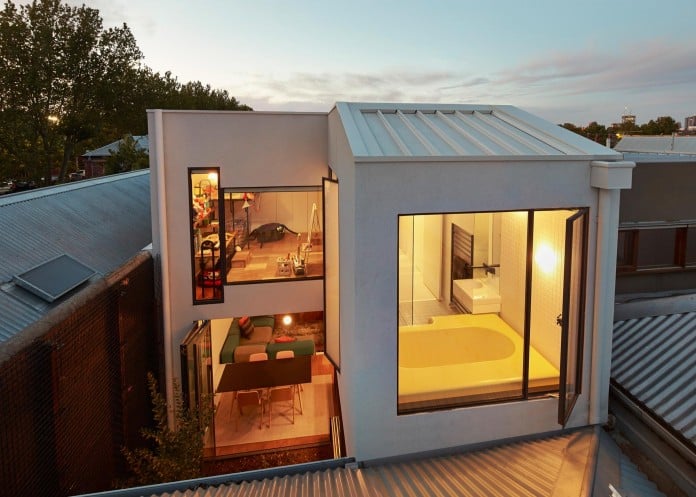
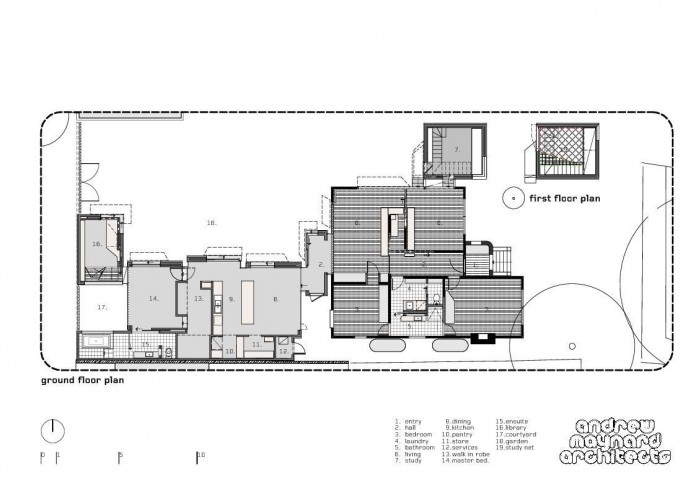
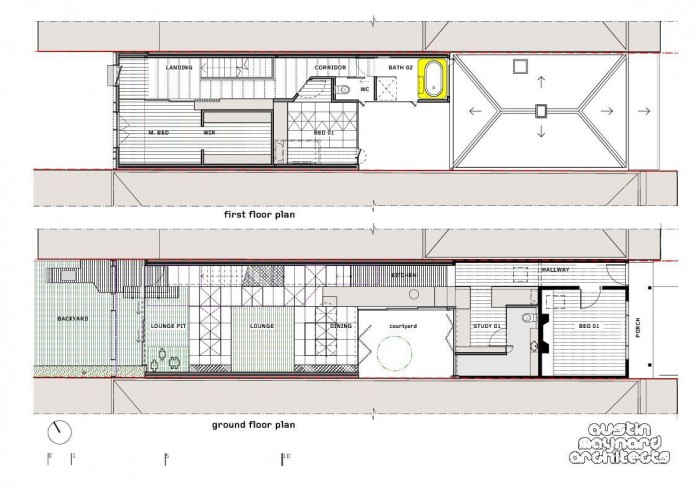
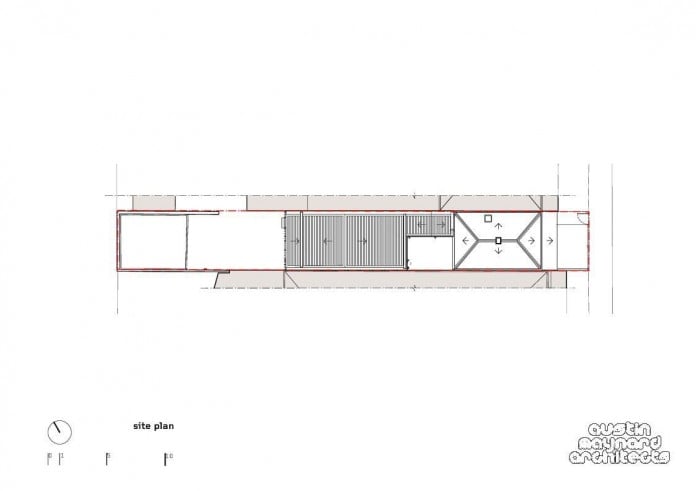
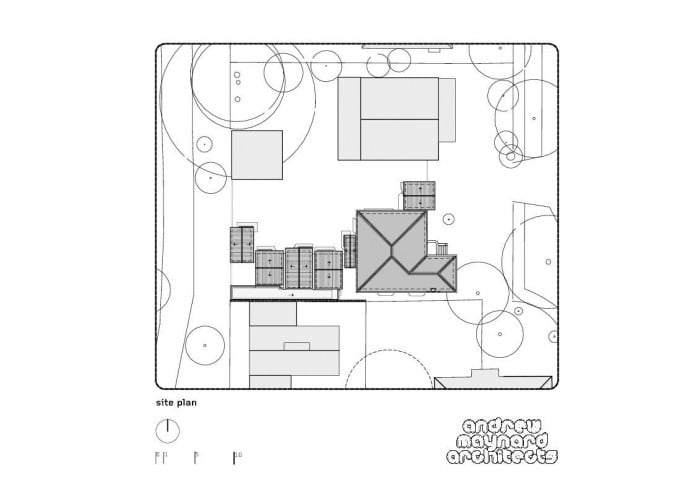
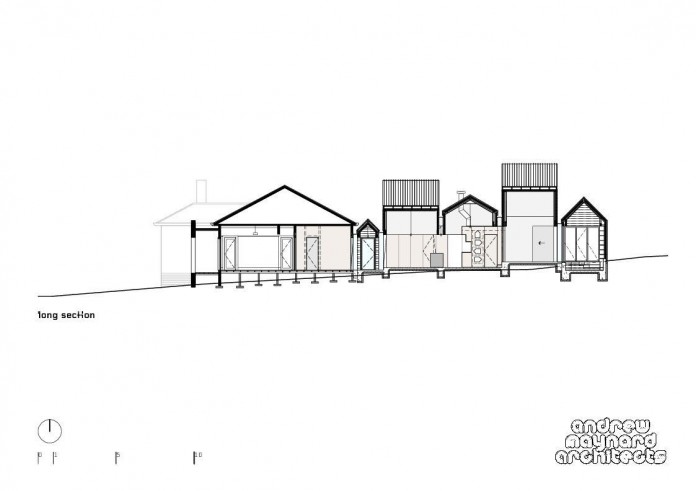
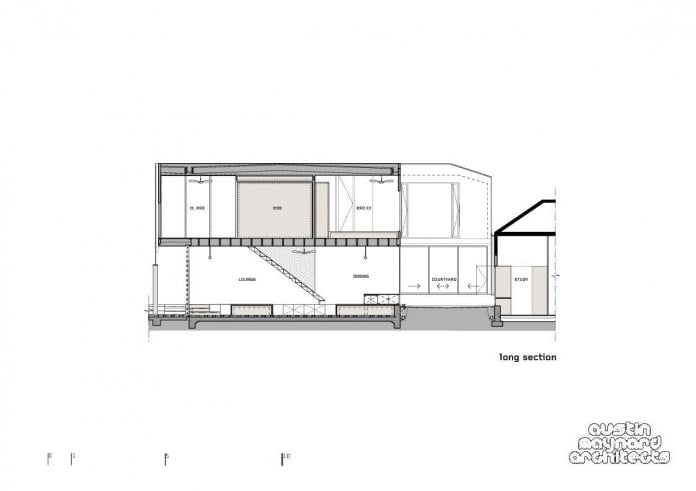
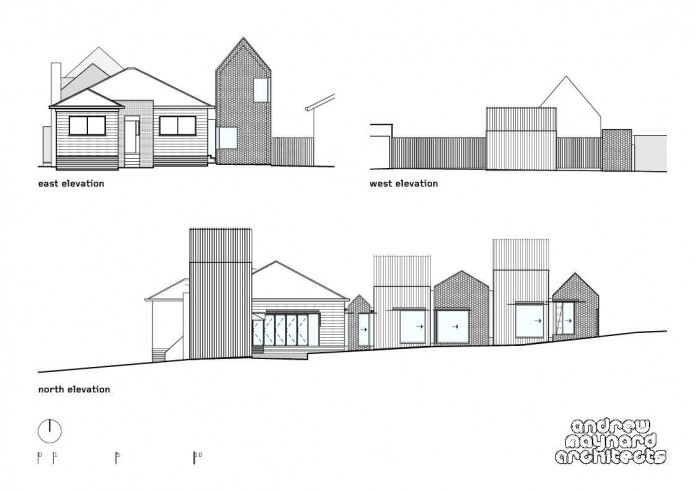
Thank you for reading this article!



